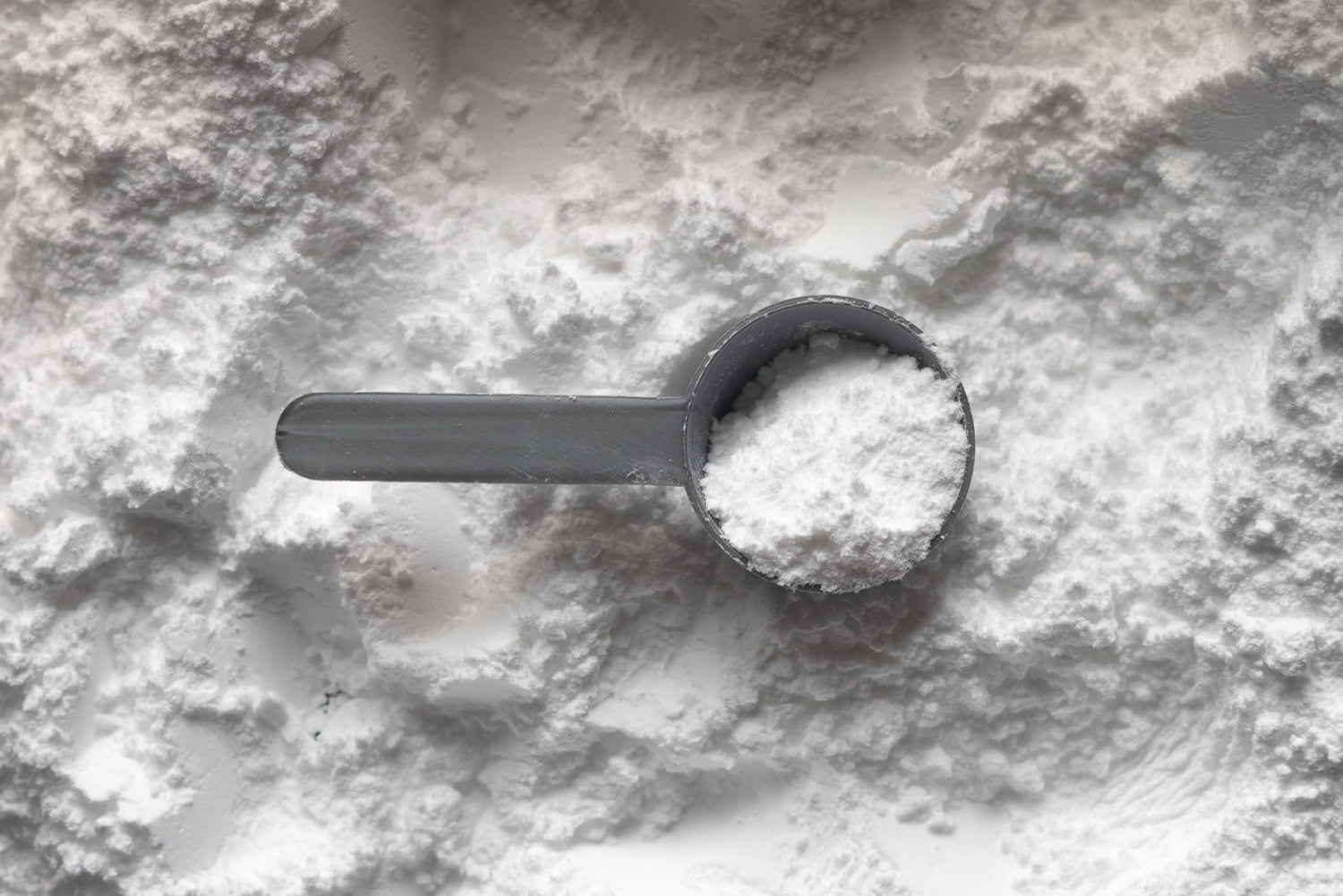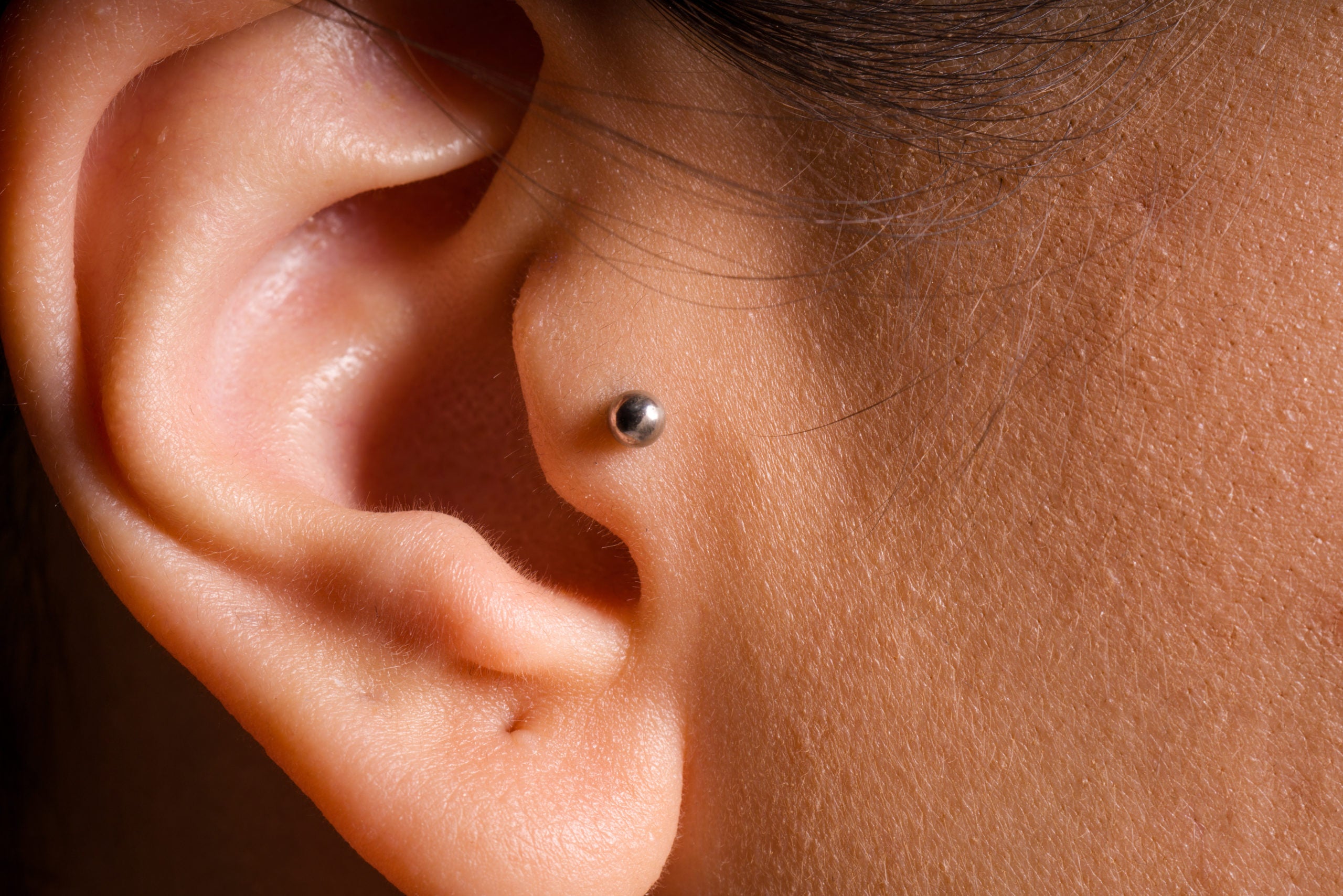Many people have tried cream of tartar for migraines; but is it a bonafide remedy, or just a rumor?
Migraine is the third most common illness in the world today. It affects about 1 billion people worldwide, including 39 million Americans. In addition to new treatments that result from scientific research, migraineurs are always looking for non-drug ways to get relief. This includes science-backed tools such as migraine glasses from Axon Optics. But many are also willing to try other things rumored to help — even if there is no scientific proof. Since cream of tartar appears to be one of those things, let’s take a closer look.
What is Cream of Tartar?
The scientific name for cream of tartar is potassium bitartrate. It’s actually a byproduct of the fermentation process that creates wine. It’s a fine, crystalline powder that has no smell, and a slightly acidic taste.
Many people recognize cream of tartar for its usefulness as a thickener or stabilizer in cooking. It’s frequently used to help make whipped egg whites stiff, and is called for in many sugar cookie recipes (definitely something we can get behind). You can also blend it with baking powder for leavening.
As a food additive, cream of tartar is used to combat caking in powdered ingredients. It may also help prevent the growth of bacteria, and alter the pH of a product.
How Did Cream of Tartar for Migraine Become a Thing?
Anyone with a little bit of sense knows you can’t trust everything you read on the internet. But that doesn’t stop rumors from going viral. And it doesn’t always stop someone desperate for migraine relief from trying something shared online — especially if it seems harmless.
Back in 2015, a blogger’s claims surfaced about cream of tartar and MSG-triggered migraine attacks. The same article also touts cream of tartar as a remedy for MSG-poisoning. In either case, there doesn’t appear to be any scientific research to back up the claims, but the original post is still up.
Then in 2018, someone posted on social media about using cream of tartar under their tongue to treat migraine attacks. Even though this post wasn’t made by a hospital, doctor, or any other type of medical expert, it was shared over 450,000 times. We have no way to know how many people actually tried it.
So if you’re wondering if putting cream of tartar under the tongue can help with migraine or headaches, the answer is no. There is no scientific study or data that backs up cream of tartar as a viable treatment option. Instead, this is merely a theory posted on social media.
Potential Health Risks of Cream of Tartar
Cream of tartar has high potassium content (495 mg per teaspoon), which is a necessary mineral. An adult needs about 2,600 to 3,400 mg of potassium per day. But if you’re already getting it from your diet or multivitamin, taking cream of tartar could create excess amounts of potassium in your bloodstream.

Cream of tartar is sometimes purported as a remedy for constipation, but this might not be the best idea. There are a couple of documented cases of people intentionally ingesting high amounts of cream of tartar as a stool softener, resulting in hyperkalemia requiring immediate treatment. Hyperkalemia is defined as abnormally high levels of potassium in the blood. This can result in cardiac arrhythmias, paralysis, and muscle weakness, and may be life threatening.
For people with healthy kidney function, high potassium intake doesn’t necessarily post a significant risk. But if you take some medications, such as some diuretics or ACE inhibitors for blood pressure or heart conditions, excess potassium intake could be dangerous.
Stick With Proven Remedies and Treatments
When you’re dealing with frequent migraine attacks, it may be tempting to try any purported remedies you see online. Fortunately, there are plenty of options that are proven to be not only safe, but effective in minimizing your migraine pain.
Prescription Migraine Drugs
There are many prescription medications you can take when a migraine comes on. These include triptans, ergotamines, and drugs that target side effects like nausea. These examples aren’t designed to prevent a migraine attack, but can be useful once the attack comes on.
For migraine prevention, your doctor may prescribe drugs for you to take regularly. These are intended to fend off migraine attacks before they happen, and include beta blockers, CGRP antagonists, anticonvulsants, antidepressants, and calcium channel blockers.
OTC Pain Relief
If prescriptions aren’t your thing, getting some relief for a migraine could still be as close as your medicine cabinet or local drug store. Aspirin, non-steroidal anti-inflammatories (NSAID), acetaminophen, and others are readily available and proven safe in recommended amounts.
Preventative Lifestyle
No matter what other relief methods you try, a healthy lifestyle should be part of your game plan. For example, keeping a migraine diary of your daily activities, diet, and headache experience could help you identify (and therefore avoid) migraine triggers. While your triggers will vary from the triggers of others, here are some common things to watch for.
- Get adequate sleep, since fatigue is a common migraine trigger.
- Dehydration can be a factor, too, so drink plenty of water
- Stay active to help you maintain good general health
- Manage your stress via relaxation techniques or doing things that help you blow off steam
With any migraine treatment or remedy, it’s wise to speak to a medical professional you trust before taking anything new into your body. When you see migraine remedies being touted online, be sure to do your homework and take a good look at the data before trying them.
Try Migraine Glasses
At Axon Optics, we offer migraine glasses powered by Avulux lenses. They filter up to 97% of the light wavelengths linked to migraine attacks in a 2016 Harvard study. Additionally, they are the only clinically proven lenses that precisely filter light to help people living with migraine. Check them out here.






